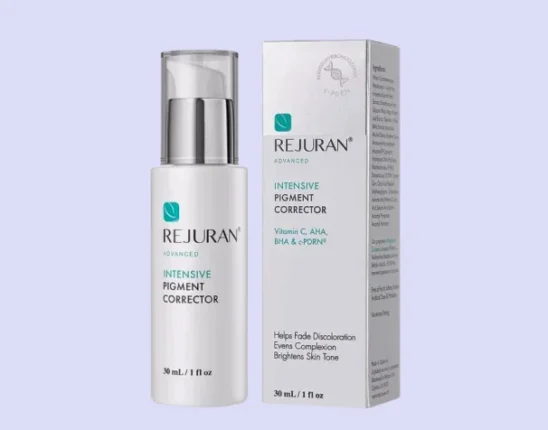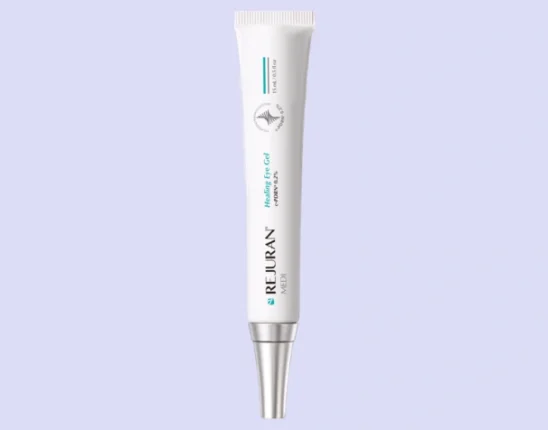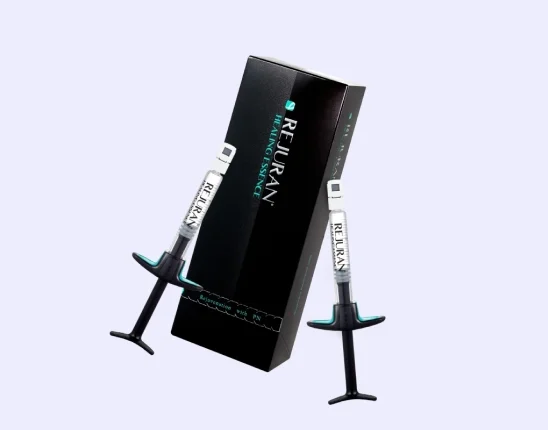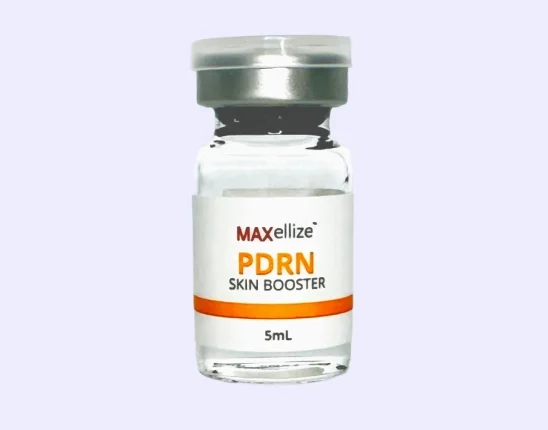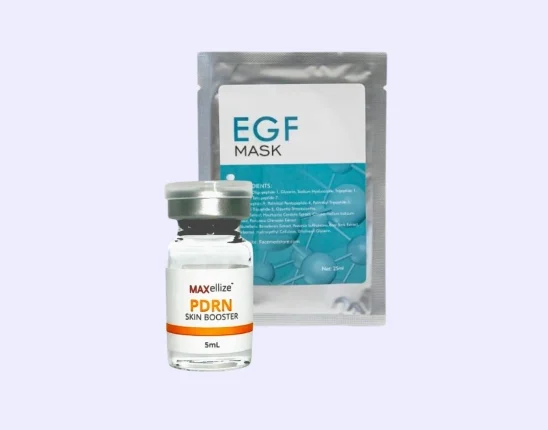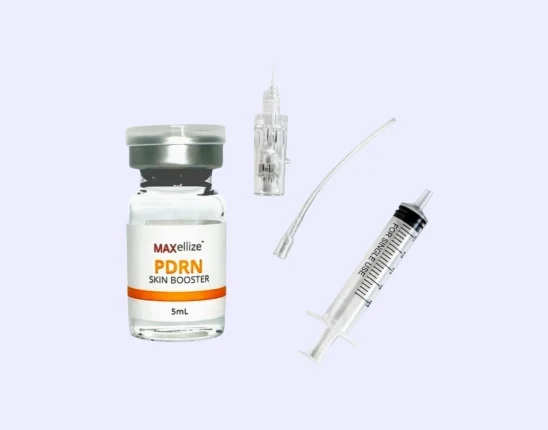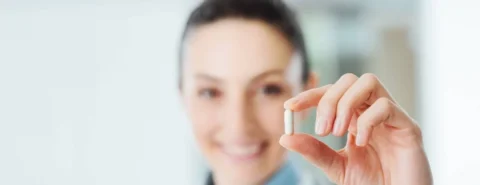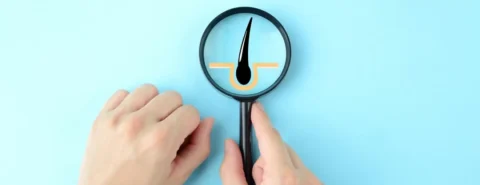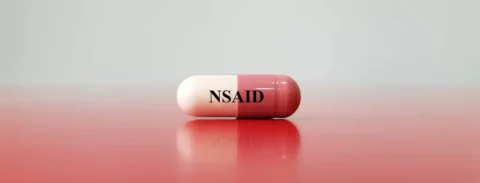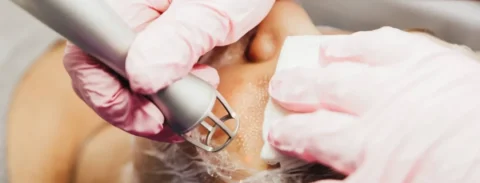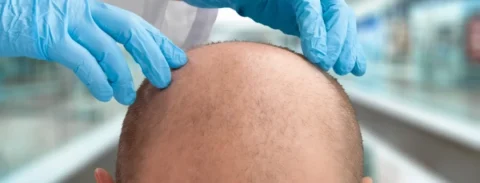It’s normal for individuals to take nutritional supplements that enhance their strength and stamina, especially those who are working out in gyms a few times every week. Creatine is one of the more popular choices for dietary supplements because it helps the body create more energy for improved muscle mass and performance. However, creatine is believed to have potential side effects like hair loss.
So is it possible to stop hair loss related to creatine consumption? Yes, the hair may grow back if the patient stops taking creatine. On the other hand, if the creatine served as a catalyst to the patient’s genetic condition that caused the hair loss, then a hair regrowth treatment might be necessary. Some of the best ways to fight hair loss are PRP therapy, hair transplantation, and biotin supplements.
Can You Reverse Hair Loss Caused By Creatine?
Creatine supplements are often used by people who have an active lifestyle because it helps the body recycle energy in the brain and muscles, leading to an improvement in the body’s overall performance. Although this compound offers health benefits for the mind and body, having high amounts of creatine can lead to several complications.
Some patients who take creatine may notice their hair starting to thin about 2 months after taking the supplements. Although there are several possible factors that lead to hair loss, increased creatine intake may be one of the primary reasons. But to better understand if creatine-related hair loss is reversible, it’s important to understand the mechanisms of creatine action and its effects on the body first.
What Is Creatine and How Does It Work?
Creatine is a natural compound found in the body, particularly in the muscles and brain. It’s produced by the liver, kidneys, and pancreas, but it’s also possible to get additional creatine from food like seafood and red meat. Some nutritional supplements also include creatine in their formulation because it’s an excellent amino acid that increases muscle strength and enhances brain functions.
When creatine is consumed or produced, it’s converted into phosphocreatine stores by the body. The converted creatine is stored in the muscles as readily available energy reserved for high-intensity training. Creatine is especially helpful for athletes and body builders who want to improve their performance, enhance muscle strength, and increase lean body mass.
What It’s For
Although creatine is recommended for people with active lifestyles and athletes who undergo high-intensity training, the supplement also offers the following health benefits:
- Increase Energy Levels of Muscle Cells
- Enhance Muscle Mass
- Reduce the Negative Symptoms of Parkinson’s Disease
- Fight Against Diabetes
- Improve Brain Function
- Reduce Risks of Neurological Disorders
Recommended Dosage
Creatine intake requires a loading phase to maximize its effectiveness. The recommended dosage of creatine monohydrate is 20 grams per day, taken 4 times a day for the first 5 to 7 days to effectively increase the creatine levels in the muscles.
However, the optimal dosage varies per individual because the daily dose depends on the patient’s weight. Multiply the patient’s body weight in kilograms by 0.3 to determine the best dosage of creatine for their loading phase. Once the loading phase is complete, the patient may start taking a lower dosage to maintain the high levels of creatine. Most patients are prescribed a maintenance dosage of around 2 to 10 grams a day.
Possible Side Effects and Complications
Like most supplements in the market, taking additional doses of creatine in the body carries potential side effects and complications that patients should be aware of. Here are some of the negative effects of high creatine levels in the blood:
- Kidney Damage
- Water Retention
- Muscle Cramping
- Weight Gain
- Gastrointestinal Pain
- Allergic Reactions
Does Creatine Cause Hair Loss?
There isn’t enough scientific evidence to prove the direct effects of creatine supplementation on hair loss. Much of the evidence about their relationship is through anecdotes, experiences, and testimonies of patients who took oral creatine supplementation for different reasons.
However, a study on college-age rugby players showed an increase in the level of dihydrotestosterone (DHT) in their bodies after taking creatine supplements for 3 weeks. DHT is derived from testosterone but this hormone is more potent than the latter and is also related to hair loss.
The creatine in the body causes the 5-alpha reductase enzyme to convert some of the testosterone in the body into DHT. The DHT affects the normal hair growth phase of the hair follicles by binding to their hormone receptors. When this happens, the growth cycle is cut short, resulting in thinner and shorter hairs. Because of the decrease in hair growth rate, more hairs fall out than are replaced in the scalp.
Is It Possible to Reverse Creatine-Related Hair Loss?
The good news is that patients can reverse the effects of creatine-related hair loss in several ways. Before trying out hair restoration treatments, patients are advised to stop taking creatine supplements first. Doing so should allow the hair to slowly grow back.
If the creatine acted as the catalyst to the hair loss-causing genetic condition, then a hair regrowth treatment might be needed. In this case, it’s best to ask a doctor about the possible treatment options that can help restore the thick and long locks on the patient’s scalp. It’s extremely important to get a proper diagnosis first of what causes the hair loss to find the best hair regrowth plan.
3 Ways to Fight Hair Loss Related to Creatine Intake
Hair regrowth treatments are recommended for patients who still experience hair loss even after cutting down their creatine intake. Medications like minoxidil and finasteride are often prescribed, but other treatments like PRP therapy and hair transplant also work against hair loss related to creatine.
Before trying any of these, it’s important to consult a doctor first to find out the cause of hair loss and get a customized treatment plan that works for you. Here are some of the best therapeutic interventions to fight hair loss related to increased creatine intake:
1. PRP Therapy

PRP therapy is a safe and effective treatment that promotes natural hair growth. This procedure has been used as a regenerative therapy for injured ligaments, muscles, and tendons, but it also works for stimulating hair growth.
PRP therapy involves drawing a blood sample from the patient, separating the platelet-rich plasma layer from the rest of the blood using a centrifuge, and infusing the platelet-rich plasma into the affected areas of the scalp using an injection.
The PRP increases hair growth by increasing blood flow around the scalp and into the hair follicle, causing it to produce thicker and longer hair shafts. PRP therapy is already an effective treatment by itself, but patients may also combine this procedure with other hair restoration procedures for better results.
Who Is It For
PRP therapy is a low-risk treatment so most hair loss patients are qualified for this kind of therapeutic intervention. Those who only experienced hair loss recently are the best candidates since it takes some time for the PRP to revive some of the long-dormant hair follicles. Some patients who are completely bald may also notice significant improvements after PRP therapy, but it’s unlikely that they regrow all the hair that fell out before.
The success of PRP therapy depends on how healthy the patient is. Those with skin issues and blood or liver disorders may not be qualified for this treatment, so patients should discuss their medical history with the physician to find the best hair regrowth procedure for them.
Results and Risks
Most patients require 3 PRP treatments spaced 4 to 6 weeks apart, but the exact number of treatment sessions varies per patient. It takes some time for the body to show initial results, so it’s important to patiently wait for it. Some patients notice hair growth a few months after the initial treatment, but the first sign that PRP therapy works is the lack of shedding.
Since PRP is derived from the patients themselves, there’s only an extremely low risk of rejection by the body. But like other injectable treatments, patients may still experience infection, scar tissue formation, or injury to a nearby blood vessel. The good news is that these complications are less likely to happen at the hands of an experienced provider.
2. Hair Transplantation

Surgical hair transplants are considered a permanent solution to hair loss and hair thinning. It involves moving hair shafts from the part of the scalp with thick hair into the bald spots. The surgeon may use slit grafts that have 4 to 10 hairs or micrografts that only contain 1 to 2 hairs.
During the procedure, the doctor injects a numbing medication to the back of the head. A strip of skin is then extracted from hair donor sites and divided into tiny grafts before they’re placed in the treatment areas. The part of the scalp where the grafts were extracted is sewn shut and hidden by the thick hair around it.
Who Is It For
Hair transplants are a great option for patients with thinning hair or pattern baldness (androgenetic alopecia) who want to improve their appearance and self-confidence. Patients who lost some of their hair from a scalp injury or burn are also ideal candidates for this surgical procedure.
However, this treatment isn’t always the best option for everyone. Patients with widespread female pattern hair loss and those without enough donor hair sites are advised to skip this treatment and find other procedures that work for them. People who form keloid scars, as well as patients who experience hair loss due to treatments like chemotherapy should also try other hair regrowth procedures.
Results and Risks
It’s normal for patients to notice the transplanted hair fall about 2 to 3 weeks after the treatment since it makes way for hair growth. Most patients only notice about 60% of the new hair growth a few months after the treatment.
But like surgical procedures, hair transplant has certain risks like bleeding and infection. There’s also the increased chance of scarring and unnatural-looking results. In rare cases, folliculitis or inflammation of the hair follicles may occur. These adverse effects can be treated with compresses and antibiotics, but it’s important to find an experienced plastic surgeon to minimize the risk of these complications.
3. Biotin Supplements

Biotin, or Vitamin H, plays a big role in keeping the hair, skin, and nails healthy. They’re also good blockers of DHT in the hair follicles, resulting in improved hair regrowth. Although the biotin content of a normal diet is enough for daily body functions, some people prefer taking nutritional supplements to increase their levels of biotin in the body.
Aside from stimulating hair growth and promoting healthy skin and nails, biotin also offers several health benefits including reduced inflammation, decreased blood sugar levels, increased levels of good cholesterol, and improved cognitive functions to name a few.
Who Is It For
Anyone with good overall health can take biotin supplements to increase hair regrowth and experience other health benefits. Patients can also combine this treatment with other hair loss treatments to achieve better results. Just make sure to consult your doctor about taking biotin supplements to minimize potential risks.
Results and Risks
Most patients don’t notice significant improvements until it’s been months of consistent biotin intake. A study in 2012 shows it can show in as little as 90 days, but the results vary per patient. Make sure to take the supplements daily or as instructed by the doctor and be patient when waiting for the results.
Since biotin is a water-soluble vitamin, all the excess is flushed out of the body through urination. Increasing biotin intake doesn’t really carry serious side effects, but the other active ingredients of the supplement might affect the patient’s health. Patients should consult with their doctor first about taking biotin supplements to know the correct dosage for them.
Find High-Quality Solutions for Hair Loss at FACE Med Store
There isn’t enough evidence to prove the direct link between creatine and hair loss, but it’s best to stop taking it if you’re bothered about the thinning hair in your scalp. Luckily, creatine-related hair loss is reversible using different medications and hair regrowth treatments.
At FACE Med Store, we offer high-quality medical tools, supplies, and supplements for medical facilities at competitive prices. We want to help our partners provide better health and cosmetic services for hair loss patients who are looking for ways to restore the thick hair in the scalp. Call us now to know more about the products we offer.
